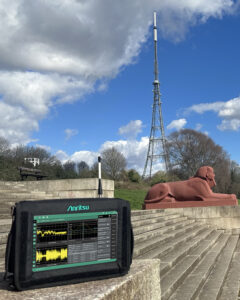Measuring conductivity in smaller sized production facilities especially in the food and pharmaceutical industries demands the most compact, yet robust sensors and the new Baumer PAC50 process sensors meet these critical requirements. These ultra-compact sensors set new standards and are based on the proven performance and durability of their ‘bigger brother’ the Baumer AF14/5 conductivity sensor.
Due to continued requests from customers for increasingly smaller components to fit into tight production lines these sensors feature a housing measuring just 60mm, with the potential for reducing the display size even further down to 32mm x 25mm. IO-Link is also a standard feature.
Despite their compact design the sensors deliver high temperature stability up to 140ºC allowing them to be specified for permanent use, even in CIP (Cleaning-in-Place) and SIP (Sterilisation-in-Place) systems. Their robustness and durability is largely due to an innovative one-piece sensor tip design which means optimum resistance to strong and or frequent temperature fluctuations, compared to other sensors which typically feature a two-piece tip.
Experience shows that many sensors have lower temperature limits (typically 100ºC) and lower resistance to chemicals. This is why PAC50 sensors have a sensor tip made entirely of high-performance plastic polymer or ketone (PEEK) which offers much better resistance to chemicals and higher temperatures. Another important feature is the all stainless steel sensor housing with all parts laser welded ensuring optimum resistance to all ambient conditions outside the pipe.
PAC50 in its H version complies with EHEDG (European Hygienic Equipment Design Group) hygiene standards as required for many food, beverage and pharmaceutical applications. They are also 3-A certified and all media contacting parts are FDA certified.
Like other Baumer sensors, IO-Link is a standard feature allowing the collection of secondary data, such as temperature for process monitoring and communication to control devices. This means users can quickly and easily parameterise the sensor prior to and during operation – even when the sensor is integrated via an analogue interface. Furthermore, to optimise flexibility the dual channel feature allows users to operate the PAC50 via analogue or digital channel, or even both in parallel.
 Instrumentation Monthly Test | Measurement | Control
Instrumentation Monthly Test | Measurement | Control






